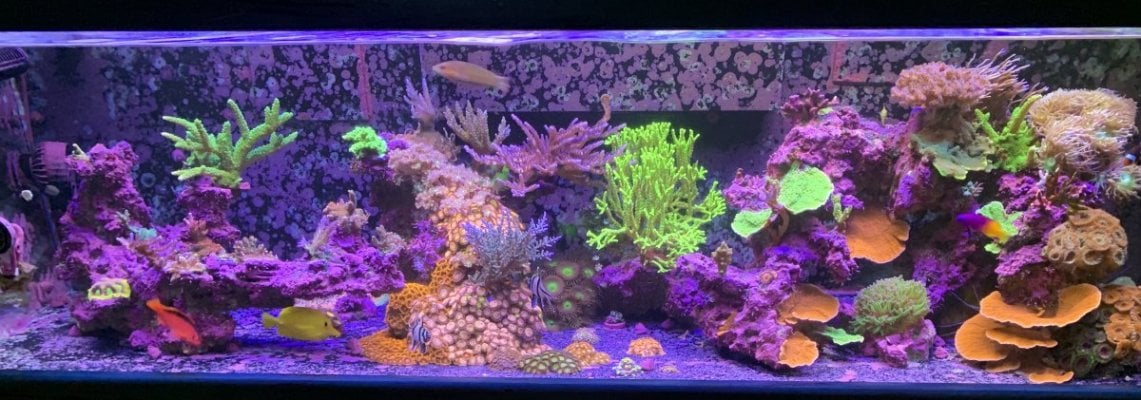That´s known that both microalgae and macroalgae can excrete DOC - mostly in form of sugar (or other carbohydrates) that can feed heterophic bacteria and they are normally organic carbon limited in a normal aquarium. In our different systems - its necessary to distinguish between inorganic and organic carbon because they are carbon sources for different trophic levels. You can say the form of carbon that´s waste fro one trophic level is the needed for the other level. and the other way around.It doubled mass on its next cycle. It also harbored a slime bacterial colony downstream of the scrubber, presumably fueled by algae exudates.
Sincerely Lasse






















